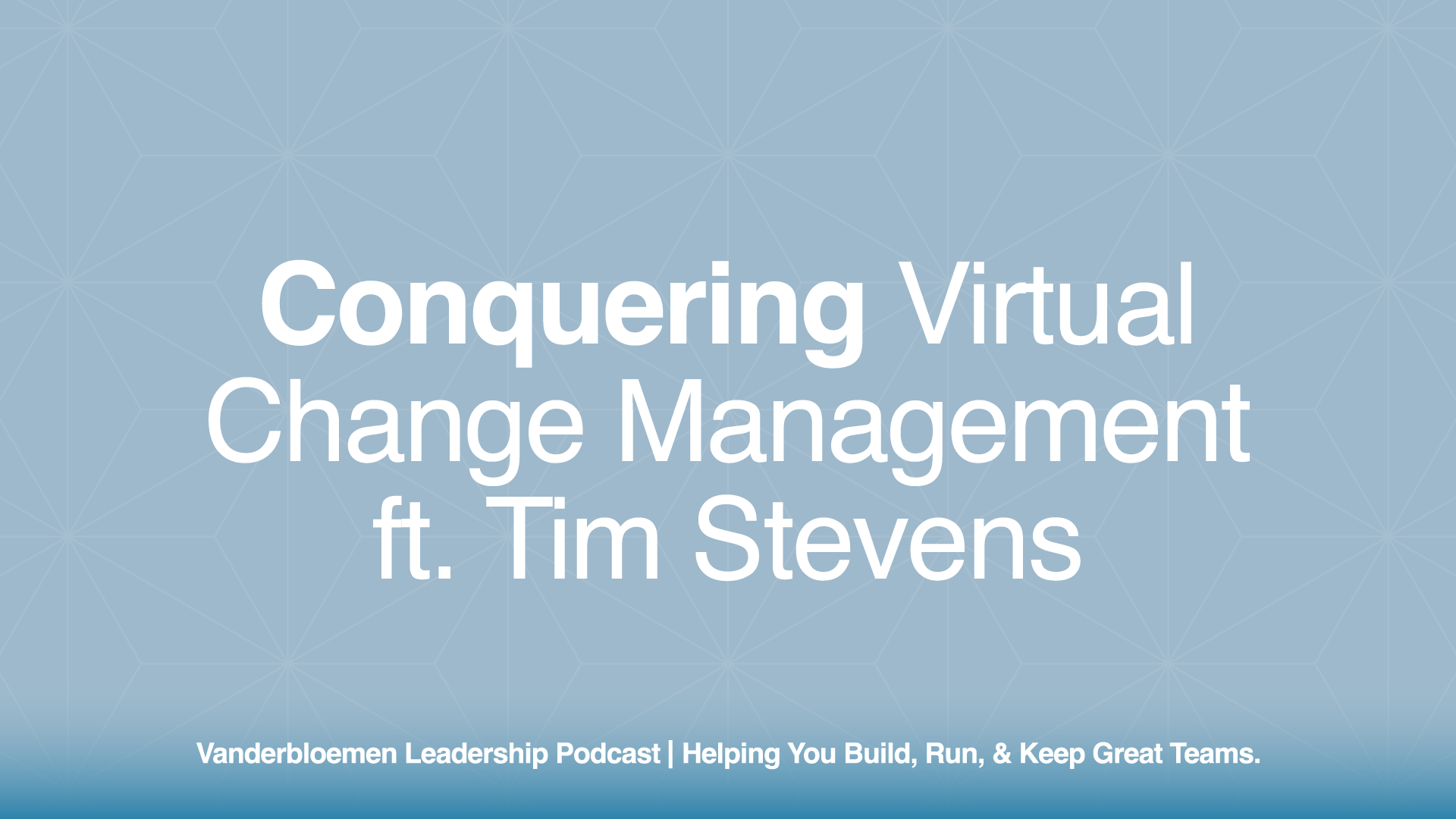One of the challenges we hear from pastors who have recently stepped into a leadership role is the generational gap on church staffs. This challenge looks different in every church. In some churches, the new senior pastor is a young leader stepping onto a tenured staff. For others, the senior pastor is a tenured leader with younger staff members.
There are unique challenges in either scenario that can be frustrating to both the senior leader and the staff already in place. You may experience generational communication differences, entitlement issues on both sides of the age gap, or simple miscommunication that could stir up conflict on your team.
If you want to make changes in your church, then you must bridge the generational age gap on your church staff. Use these six steps as a starting point to help build your team.
1. Listen and Learn
For the first thirty days, make it your number one responsibility to listen and learn from your staff. Learn the culture. Ask questions. What systems have worked in the past? Are there certain leaders from the past that your staff particularly respected? If so, why? What are the greatest challenges your team is facing? Sit down individually with each team member and allow him or her to be heard. When we don’t take the time to listen and make rash, quick changes, we often end up treating the symptoms of problems and not the problem itself. By taking time to intentionally listen and get to know your staff members, you’ll have a better indicator of the root of problems and can make educated decisions accordingly.
2. Balance the Ideal and the Real
New leaders often have an idealistic expectation of how things should be done, but their perception isn’t always the reality. Before making changes, run your ideas by a trusted mentor who knows you and the situation. Ask them to let you know if you’re being too idealistic. Set a realistic timeline for both yourself and your staff members to institute change, no matter how big or small.
3. Build Trust
Carefully choose a few key leaders that you can intentionally invest in early. Build rapport with these key leaders early so that when you have questions or concerns, they are there to help.
4. Cast Vision
Instead of just telling people where you want to make changes, cast vision with scripture, teaching, and stories to help people see the overarching goal of what they are working toward. Begin casting vision early so that team members can begin to connect the dots and develop personal buy-in to the vision. Pay attention to those who don’t seem to latch onto the vision. Schedule one-on-one time with them to inquire about their concerns.
5. Set Expectations
By listening carefully to your staff from the beginning, you’ll learn what the non-negotiables are that cannot change. If you’re in a situation where you need to turn the ship around, you’ll need to learn what changes are the most necessary and which will present the greatest challenges. You can then set expectations with your team as to which changes will happen, when they will take place, and what the end results will be.
6. Be Self-Aware
As Socrates said, “Know thyself.” The best church leaders are self-aware. Know your strengths and weaknesses. Know your gifts and calling. Know when to listen and when to speak. When you know yourself well, you will know how you are personally equipped to best serve your team.
Regardless of the generational issues your church staff is facing, it’s helpful to read through these steps on a regular basis to ensure you are continually focused on investing in your team. No matter the ages or personalities of the individuals on your staff, everyone wants to feel valued and know they are making a difference.


